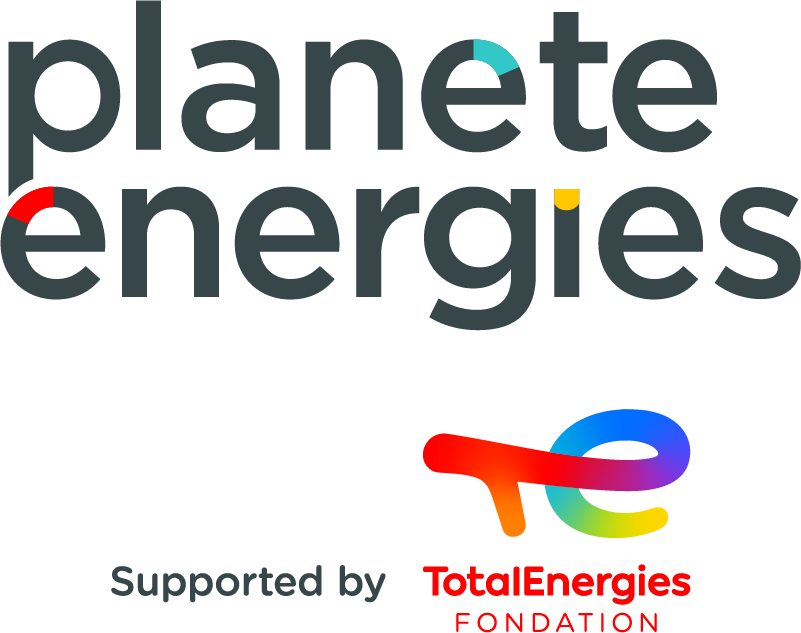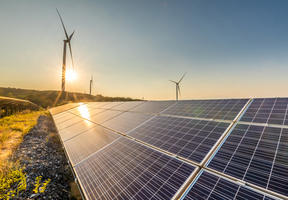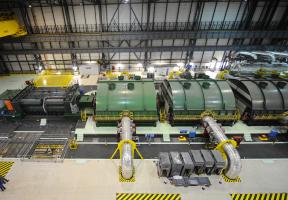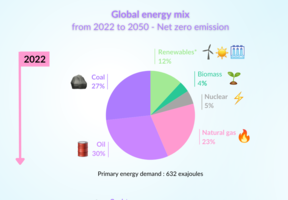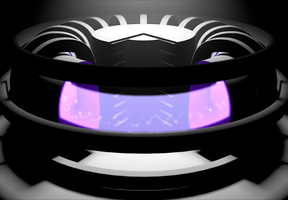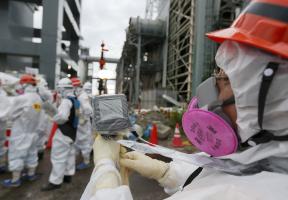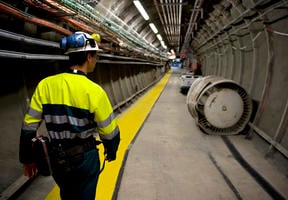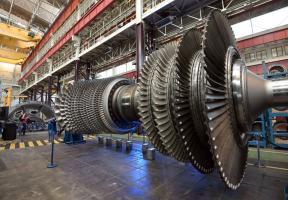Nuclear Reactors of Tomorrow
10 min read
As a low-carbon energy source, is useful in the climate action. However, the nuclear industry is faced with the dual challenge of declining resources and radioactive waste management. The solutions to these issues lie in the development of more -efficient fourth-generation reactors. Smaller reactors are also being studied, as is the much longer-term total breakdown technology of .
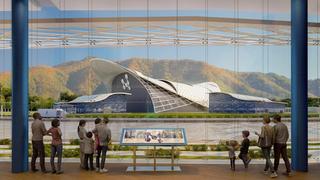
© Oregon State University / NuScale
Generation IV reactors
The reactors currently in operation mainly belong to Generation II. The Generation III reactors, such as the Flamanville European Pressurized Reactor (EPR) in France, do not represent a technological leap forward, but rather take advantage of the experience gained from the previous generation while enhancing security systems. Generation III reactors have been designed to eliminate the need to evacuate residents from the surrounding area, even in the event of a serious accident.
Research is being conducted to develop safer Generation IV reactors that use uranium more efficiently. The Generation IV International Forum (GIF), which brings together 13 countries, is among those involved in such research at the international level.
GIF has selected six reactor technologies:
- Three types of fast reactors, which are able to consume their entire fuel supply while the plutonium produced by nuclear reactors currently in operation. This technology is defined by the type of coolant used: helium, sodium or lead.
- Very-high-temperature reactors, which can produce for industrial needs, and supercritical-water-cooled reactors, which offer improved power plant efficiency. Unlike fast neutron reactors, these two technologies neither reduce the amount of uranium consumed nor do they recycle plutonium.
- Molten salt reactors, which use a molten salt mixture as both the coolant and fuel.
France and fast neutron reactors
In 1959, the French Atomic Energy Commission (CEA) began construction on the Rapsodie 40 MWth fast neutron prototype reactor, which started up in 1967 and was closed in April 1983. The Phénix 250 MWe prototype industrial reactor was operational from December 1973 to February 2010 and is currently being dismantled. More recently, the Superphénix 1240 MWe reactor was linked to the grid in January 1986. Operations were disrupted by numerous technical difficulties and strong opposition. A ministerial decree issued on December 30, 1998 definitively closed the reactor.
Smaller fast neutron reactors (SMR)
A new design of nuclear reactor is currently the subject of around a hundred projects worldwide: SMRs (small modular reactors) or AMRs (advanced modular reactors), which are smaller in size and power.
Manufactured in factories, they can be transported to isolated sites, placed on ships, or used for a factory needs in or heat, seawater desalination, production and district heating. This type of reactor is already used in the naval field (propulsion of submarines and aircraft carriers, or large icebreakers).
Their power ranges from a few megawatts to several hundred megawatts, whereas conventional nuclear reactors generally exceed 1000 MW. These reactors can be pressurized-water, high-temperature, fast-neutron or molten-salt (in which the nuclear fuel is in liquid form, dissolved in molten salt at 600-900°C).
Over the longer term, nuclear fusion
In a complete break with current technology, researchers are also working on nuclear fusion reactors. The goal is to reproduce the energy of the Sun in a reactor by joining together very small nuclei - isotopes of hydrogen (deuterium and tritium).
Various experimental prototypes (tokamaks, stellarators, etc.) are being tested around the world. Supported by an alliance of 35 countries, a larger-scale demonstrator, Iter, is under construction at Cadarache in southern France. But its first fusion will probably not take place before 2030 (see the article on "Nuclear fusion").
